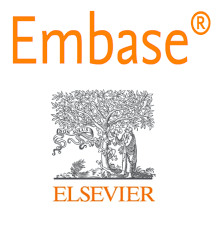A STUDY ON PREVALENCE AND RISK FACTORS AND MEDICAL MANAGEMENT OF ATTENTION DEFICIT/HYPERACTIVITY DISORDER (ADHD) AMONG CHILDREN IN WEST BENGAL: A CROSS SECTIONAL STUDY
Keywords:
ADHD, School, Social difficulties.Abstract
Background: ADHD is a common neuro developmental condition, yet Indian state level data on risk factors and real world management remain sparse. Objectives: (1) Estimate the prevalence of ADHD in a paediatric outpatient sample in West Bengal; (2) identify associated risk factors; (3) describe short term treatment outcomes. Methods: In three district level hospitals (March 2024 – January 2025) 60 consecutive children aged 6 12 years were screened; 42 meeting DSM 5 criteria for ADHD were enrolled. Demographic variables and putative risk factors were recorded, and Vanderbilt scales rated baseline symptoms and 12 week outcomes. Standard pharmacological and behavioural interventions were offered per national guidelines. Results: Mean age = 9.1 ± 1.9 y; male: female ≈ 2.5:1. On multivariate logistic regression, family history of ADHD (aOR 3.8, p = 0.01), prenatal tobacco/alcohol exposure (aOR 4.5, p =0.04), and daily screen time > 2 h (aOR 2.9, p = 0.03) were independent predictors. Of 32 children started on methylphenidate, 75 % achieved ≥30 % Vanderbilt reduction at 12 weeks; 17 received adjunct parent training with comparable benefit. Conclusions: Modifiable environmental factors contribute substantially to ADHD risk in West Bengal. Combined stimulant therapy and structured behavioural support produced meaningful early symptom gains. Scalable parent focused programmes and perinatal counselling could mitigate future burden.
.png)









